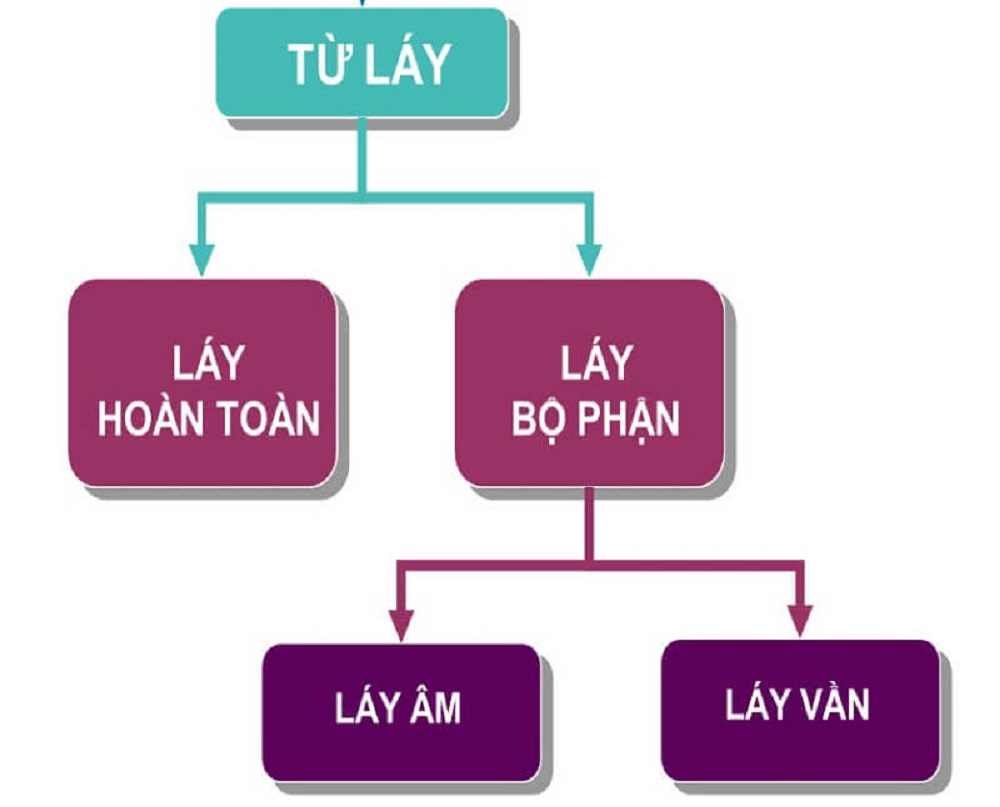Unveiling the Beauty of Vietnamese Reduplicated Words
Vietnamese is celebrated for its rich imagery and sound, deeply rooted in the culture and lifestyle of its people. Have you ever wondered why certain words in Vietnamese evoke such melodious and meaningful emotions? They may serve as keys to expressing sentiments, portraying objects, or depicting actions in unique and vibrant ways. In this article, we will explore the secrets of these special words, specifically focusing on the concept: What are reduplicated words?
What are Reduplicated Words?
Reduplicated words (từ láy) are a popular and distinctive feature of the Vietnamese language that enhance expressive capabilities when it comes to emotion, sound, state, or image. These words are formed by repeating or altering part of the sound from a root word, creating a rhythmic and harmonious auditory experience. Reduplicated words enrich the language and contribute to the unique and refined nature of Vietnamese.

The Role of Reduplicated Words in Vietnamese
Reduplicated words play an essential role in Vietnamese, enriching the language and highlighting the cultural depth of the nation. Through their unique structure, these words not only provide rhythmic harmony but also express meaning in a vivid and nuanced way. Here are some prominent roles of reduplicated words in Vietnamese:
Enhancing Expressiveness
One of the most significant roles of reduplicated words is to enhance expressiveness. They help convey emotions and states of phenomena more clearly and evocatively.
- Example: Words like buồn bã (sad), vui vẻ (happy), rực rỡ (brilliant) not only describe emotions but also accentuate the feelings depicted.
Describing Sounds and Lively Actions
Reduplicated words are crucial for vividly representing sounds and actions, making descriptions more relatable and meaningful.
- Example: Words like rì rào (rustling), ào ào (rushing), lộp độp (dripping) evoke the vibrant sounds of nature, while words like thướt tha (graceful) or lững thững (sauntering) capture actions in a detailed and picturesque manner.
Emphasizing and Highlighting Meaning
The repetition or alteration of sounds in reduplicated words emphasizes meaning, ensuring that the conveyed message is more powerful and memorable.
- Example: Lung linh (shimmering) not only describes light but also creates a sense of magic; thăm thẳm (deep) conveys a sense of vastness and infinity.
Creating a Musical Quality and Harmony in Language
The musical quality of reduplicated words is vital for making Vietnamese sound soft and fluid. Particularly in literature, these words are used to set the rhythm for poetry or prose, enhancing the attractiveness of the language.
- Example: In poetry, words like lả lướt (floating lightly), xôn xao (buzzing), nhẹ nhàng (gently) add meaning while creating an ear-pleasing rhythm, making the literary work more captivating.
Reflecting the Soul and Culture of the Nation
Reduplicated words not only serve as a linguistic tool but are also vivid representations of Vietnamese culture and soul. Through the use of these words, Vietnamese people express their perceptions of nature, humanity, and the surrounding world in a subtle manner.
- Example: Words like mênh mông (vast), nhỏ nhắn (tiny), thong thả (leisurely) reflect the simplicity and tranquility inherent in Vietnamese living and thinking.
When to Use Reduplicated Words Appropriately
To use reduplicated words effectively, it’s crucial to understand their purpose and context. They aren’t suitable for every situation, so choosing the right moment to employ them will enhance expressiveness and meaning.
- Recommended Situations for Using Reduplicated Words:
- Describing emotions or states: To clarify or emphasize feelings.
- Eliciting sound and action: In descriptive writing or storytelling to vivid an atmosphere.
- Highlighting meaning in sentences: When one wants to accentuate particular characteristics or emotions.
- Creating musicality: In literature or artistic writing to maintain fluidity.
- Reflecting softness and nuance in communication: When relying on descriptive language for nature, people, or emotions.
Differentiating Between Types of Reduplicated Words
Reduplicated words can be categorized into four main types: complete reduplication, partial reduplication, phonetic imitation, and visual imitation. Each type has specific structures, functions, and applications, contributing to the meaningful expression of ideas.

1. Complete Reduplication
Complete reduplication involves words that are entirely the same in both initial sounds and rhyme, thus highlighting the meaning or features of objects or phenomena.
- Examples: xanh xanh (greenish), ào ào (rushing), chôm chôm (lychee).
2. Partial Reduplication
Partial reduplication consists of words that repeat part of their sound structure, including phonetic or rhyming variations.
- Phonetic Examples: Ngơ ngác (dazed), mếu máo (whimpering).
- Rhyme Examples: Chênh vênh (unsteady), đìu hiu (desolate).
3. Phonetic Imitation
Phonetic imitation mimics sounds from nature or human activities, providing a lively and realistic representation.
- Examples: Lộp độp (drip), vi vu (whisper of the wind).
4. Visual Imitation
Visual imitation refers to words that depict images, states, or colors of objects.
- Examples: Rực rỡ (brilliant), lòe loẹt (gaudy).
Practice Exercises About Reduplicated Words
To truly grasp the usage of reduplicated words, it is crucial to practice through exercises. These tasks will not only deepen your understanding of their structure and classification but also hone your ability to apply them proficiently in writing and speaking.
1. Classify the Reduplicated Words
Identify the type of reduplicated word in the following sentences: complete reduplication, partial reduplication, phonetic imitation, or visual imitation.
- Examples: Lấp lánh, lung linh, xào xạc, lom khom.
2. Complete the Sentence with Suitable Reduplicated Words
Fill in the blanks to complete the sentences, enriching them with imagery.
- Examples:
- The night sky is full of stars, bright __ (lung linh, lấp lánh).
- The rain drops __ on the roof sound cheerful (tí tách, lộp độp).
3. Create Sentences Using Provided Reduplicated Words
Form cohesive sentences employing the provided reduplicated words.
- Examples: Nhẹ nhàng, xôn xao, rực rỡ.
4. Find Reduplicated Words by Theme
List reduplicated words relevant to a specific theme, such as nature, emotions, or actions.
- Example: Nature theme: Vi vu, rì rào, lấp lánh.
5. Replace Common Words with Reduplicated Words
Transform simple sentences into more dynamic ones by substituting common words with reduplicated options.
- Example: The flower is beautiful → The flower is soft and graceful.
Conclusion
Reduplicated words are vital elements in the Vietnamese language, enriching expressions and enabling delicate, vibrant forms of communication. Understanding and effectively using these words not only enhances fluency in writing and speaking but also showcases the unique beauty of the Vietnamese language.
If you’re eager to dive deeper into reduplicated words and explore captivating insights about Vietnamese linguistics, check out the enlightening resources available at Tiki. With rapid delivery services, you can swiftly acquire valuable materials to further explore our exquisite language!
For additional reading about language techniques, visit articles like 3 Ways to Recover, Retrieve Deleted Videos On TikTok or learn about how to upload videos on TikTok.
Leave a Reply
You must be logged in to post a comment.